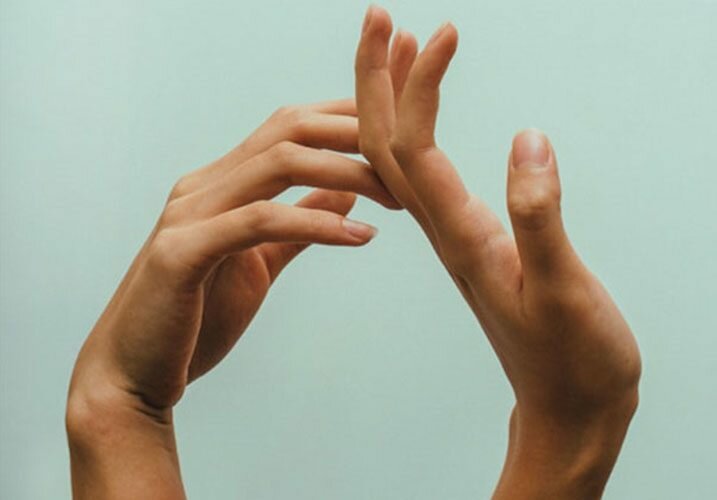It’s not always easy to remember that our body and mind are in a state of constant communication. We spend most of our lives tending to the physical without responding to the emotional needs of the mind. Yoga unites both needs, it doesn’t control where the body ends and the mind begins, instead it considers both as one, a combined self. Universally Yoga means to join the body, mind and spirit with the world around us.
The heart of your yoga practice is to work on building a balanced connection with your mind and body. The poses you come into on the mat, together calm and stimulate the brain and vital organs, with each pose catering to your individual needs; strengthening the connection between the body and mind.
Over time and with patience, you will notice the yogic power at work; as it begins to stimulate and transform your emotional feelings, replacing anxiety with courage, poor judgment with self-reliant decision-making skills, and emotional instability with confidence and happiness. All these wonderful benefits will slowly start to spill into each part of your life not just when you practice on the mat.
Self- loving practice
Building a self-loving practice might sound silly, but by combining stretching exercises, controlled breathing, and relaxation, your yoga will bring you closer to understanding who you are and the power of your mind and body.
3 key elements to creating a strong connection…
- While almost all poses will increase strength and flexibility, your daily routine should be a mix of relaxing poses like Shavasana, which involves lying on the floor while completely relaxed, to the more difficult stamina building postures, where you are stretching your physical and mental limits.
- Breathing is just as important; you will notice how often your teacher speaks to the breath. Controlled breathing can help you guide the movement of the body and quiet your mind.
- Positive inner-energy; when you find yourself on the mat it is important to connect with how you’re feeling in that moment. Start to consciously practice non-judgement and begin to connect with your imperfections and understand that some days your practice will be easier than others.
2 yoga poses for connecting mind and body
Sukhasana – Easy cross leg pose – For stress relief
Sukhasana is a comfortable, sitting yoga pose that is ideal for meditation. The name literally translates to mean ease, happiness, and peace.
Getting into the pose:
Come to a comfortable seated position.
Cross your right shin in front of your left shin.
Move the knees closer together until your feet are directly underneath them.
Slide the flesh of the buttocks outward so you can sit directly on your sitting bones.
Press your palms together at the centre of your chest.
Sit tall and soften the shoulders.
Close the eyes to bring your focus to your centre.
Benefits:
Increasing your state of tranquillity.
Calming your brain.
Eliminating stress, anxiety and mental exhaustion.
Broaden your collarbones and chest and opens your hips.
Balasana – Childs pose – For relaxation
Getting into the pose:
Kneel on the floor. Touch your big toes together and sit on your heels, then separate your knees wider than your hips.
Exhale and lay your torso down between your thighs.
Extend your arms out and place palms facing down.
Balasana is a comfortable resting pose, so try to stay in it anywhere from 30 seconds to a few minutes. This pose is a wonderful introduction to forward folds for beginners where the torso rests on the thighs.
Benefits:
Gently stretches the hips, thighs, and ankles.
Calms the brain and helps relieve stress and fatigue.
Relieves back and neck pain when done with head and torso supported.
Head over to Move +Fitness for more Yoga insights & poses.
Have you recently started yoga? What changes have you noticed? Please leave your comments below.






